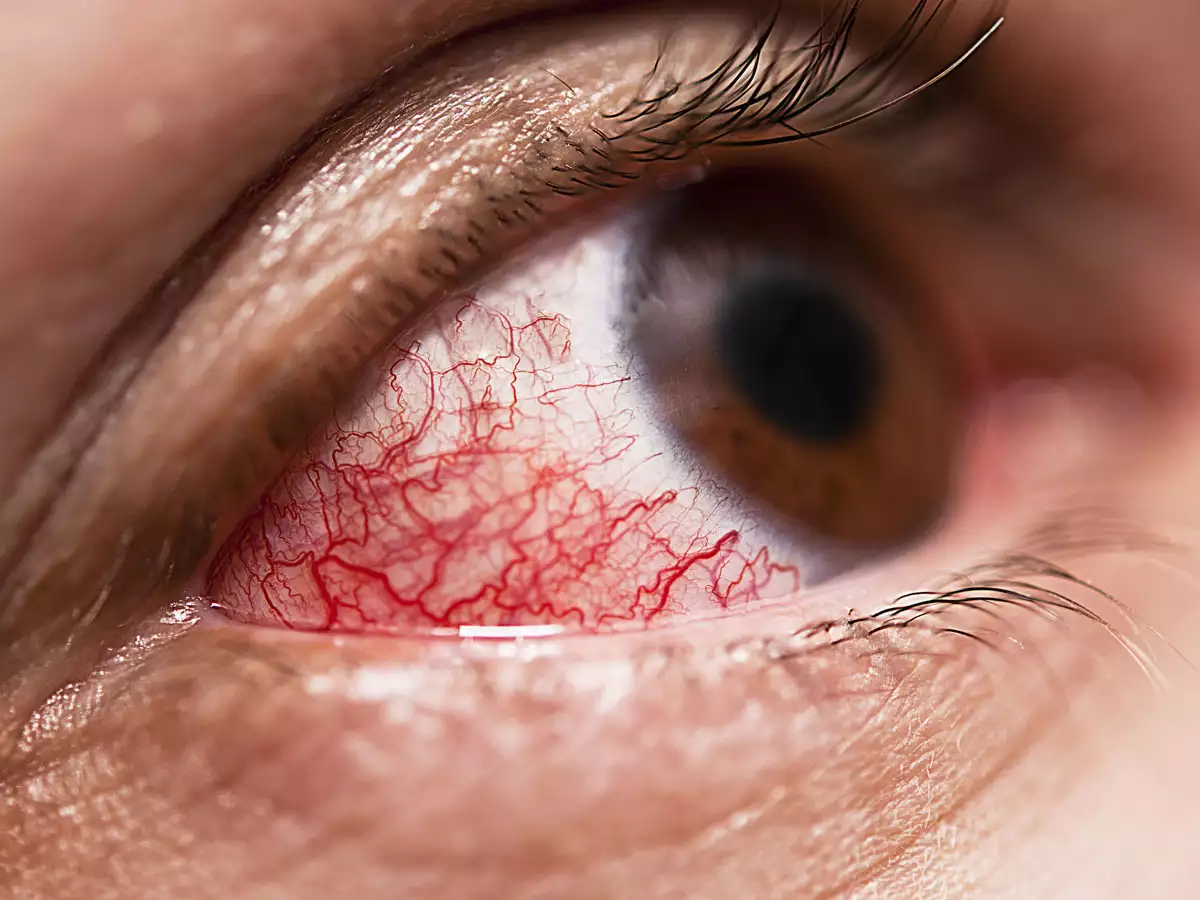Diabetic Eye Disease: Understanding and Managing the Risks
Diabetic eye disease refers to a group of eye conditions that can affect people with diabetes. High blood sugar levels can damage the blood vessels in the retina, leading to serious vision problems if not properly managed. Regular eye exams and good control of blood sugar are essential for preventing vision loss.
👁️ Types of Diabetic Eye Disease
1️⃣ Diabetic Retinopathy
This is the most common form of diabetic eye disease. It occurs when high blood sugar levels damage the blood vessels in the retina, leading to leakage, swelling, or even the growth of abnormal blood vessels. If untreated, diabetic retinopathy can cause vision loss.
- Non-Proliferative Diabetic Retinopathy (NPDR): The early stage where blood vessels are damaged but no new vessels are growing.
- Proliferative Diabetic Retinopathy (PDR): The more advanced stage where new, abnormal blood vessels grow and can bleed, leading to vision impairment.
2️⃣ Diabetic Macular Edema (DME)
This condition is often a complication of diabetic retinopathy. It occurs when fluid leaks into the macula (the central part of the retina responsible for sharp vision), causing swelling and blurred vision.
3️⃣ Cataracts
People with diabetes are at higher risk of developing cataracts—clouding of the lens of the eye. Diabetes can cause cataracts to develop earlier and progress faster.
4️⃣ Glaucoma
Diabetes increases the risk of glaucoma, a condition where increased pressure in the eye can damage the optic nerve and lead to vision loss.
🔍 Diagnosis of Diabetic Eye Disease
✔ Dilated Eye Exam: The most important tool in detecting diabetic eye disease. The eye doctor uses special drops to dilate the pupils and examine the retina for damage.
✔ Optical Coherence Tomography (OCT): A scan that provides detailed images of the retina, helping detect swelling or fluid accumulation.
✔ Fundus Photography: A photographic method to capture images of the retina and monitor changes over time.
✔ Fluorescein Angiography: A test to examine the blood vessels in the retina by injecting a dye and taking pictures as the dye flows through the vessels.


💊 Treatment Options for Diabetic Eye Disease
- Managing Blood Sugar Levels
- Control of blood glucose through diet, exercise, and medication is crucial in preventing and slowing the progression of diabetic eye disease.
- Tight blood sugar management is key to reducing the risk of complications like diabetic retinopathy and macular edema.
- Laser Treatment
- Focal Laser Treatment: Used to treat areas of the retina that are leaking fluid, especially in diabetic macular edema.
- Panretinal Photocoagulation (PRP): A type of laser therapy used for proliferative diabetic retinopathy to shrink abnormal blood vessels and prevent further complications.
- Anti-VEGF Injections
Injections of medications (such as Avastin, Lucentis, or Eylea) are used to block the growth of abnormal blood vessels and reduce swelling in conditions like diabetic macular edema.